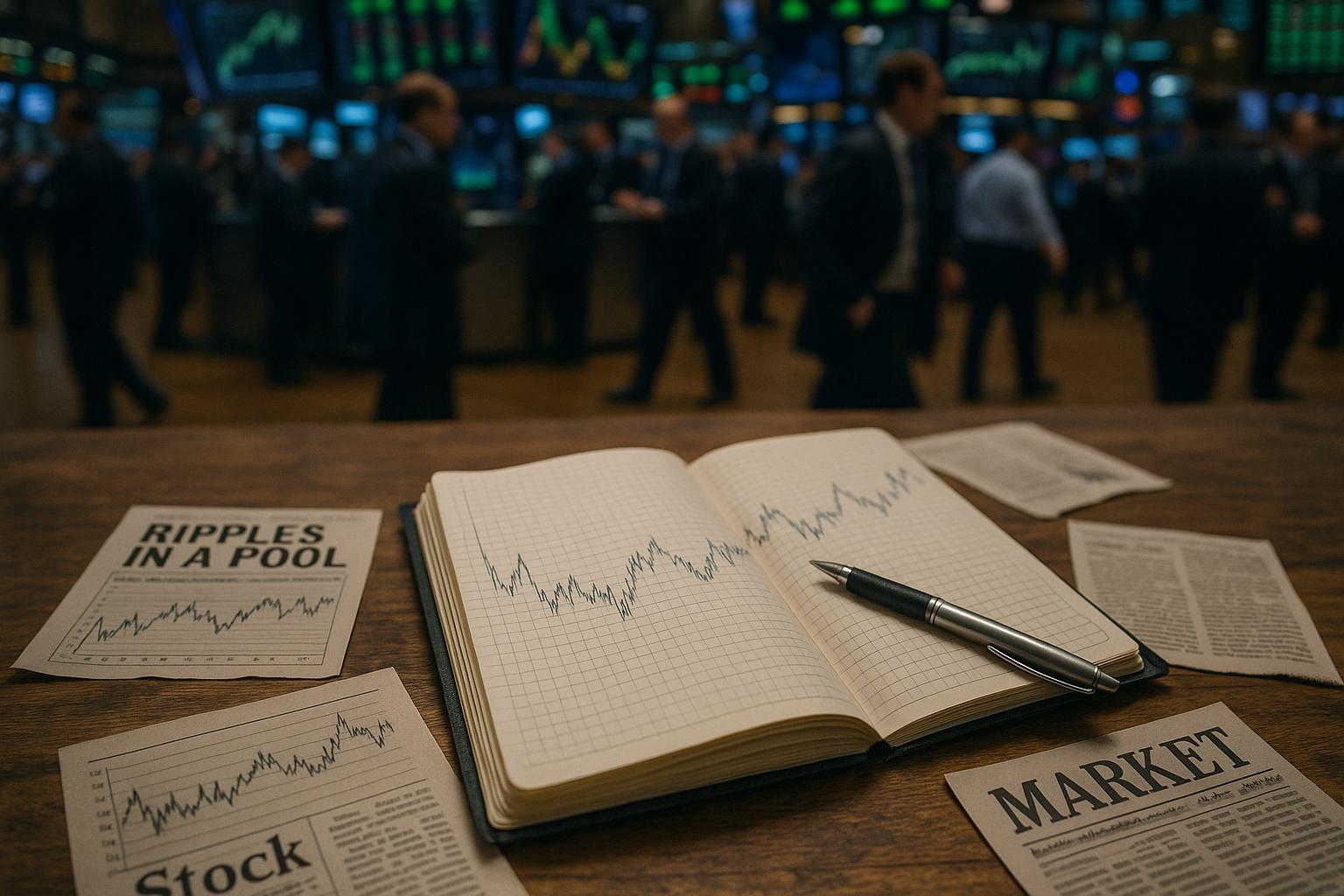A recent report by the New Financial think tank in partnership with Goldman Sachs offers a refreshed perspective on the robustness of European stock markets, challenging common perceptions that these markets lack depth. The analysis highlights that the total addressable liquidity in European equities significantly exceeds the volume seen on primary exchanges alone. When factoring in multilateral trading facilities (MTFs), systematic internalisers (SIs) such as principal trading firms providing liquidity directly to clients, over-the-counter transactions, and off-book on-exchange trading, liquidity is more than double that visible on traditional, “lit” order books.
Eleanor Beasley, head of market structure and chief operating officer for Goldman Sachs’ EMEA equities franchise, explained that investors and traders who focus solely on the lit primary venues are seeing only about 30% of actual trading volume, thereby underestimating market liquidity substantially. She underscored how market participants increasingly rely on alternative trading mechanisms offering better execution quality and reduced information leakage, which is critical in an information-driven market where revealing trading intentions can negatively impact performance. According to Beasley, Goldman Sachs itself provided over €1 trillion of principal liquidity through internalisation in European equities during 2024, illustrating the scale of off-exchange liquidity provision.
The evolving market landscape has also been shaped by structural shifts such as the growth of index investing, which concentrates trading volumes in closing auctions on primary exchanges rather than throughout the trading day, and trends like companies staying private longer, which reduce new public listings. These dynamics require sophisticated tools and algorithms to navigate a fragmented ecosystem of venues and liquidity pools.
Complementing this analysis, the Association for Financial Markets in Europe (AFME) elaborates on the roles of different trading venues like regulated markets and MTFs, highlighting how Systemic Internalisers (SIs) act as key liquidity providers by trading on their own accounts to bridge gaps when other market participants are inactive. Meanwhile, research by the Plato Partnership confirms the critical importance of primary listing exchanges, such as Euronext, Xetra, and the London Stock Exchange, which consistently demonstrate deeper order books and tighter bid-ask spreads, thereby anchoring liquidity and facilitating efficient trading conditions.
MTFs have also gained considerable ground, accounting for around a quarter of European stock trading volumes. Broker CA Cheuvreux’s research points to platforms like Chi-X and BATS Europe as significant MTF competitors that offer enhanced liquidity and competitive bid/ask spreads, contributing to greater market choice and competition.
Despite the breadth of liquidity beyond lit markets, concerns remain about Europe’s fragmented post-trade infrastructure. Beasley highlighted the inefficiencies caused by the existence of 17 central counterparties and 31 central securities depositories spread across 31 countries, compared with the US model of a single clearing house and central securities depository. This fragmentation adds considerable frictional costs and operational complexity, with estimates suggesting post-trade costs in Europe are 50% to 100% higher than in the US, acting as a drag on competitiveness.
One policy development aiming to improve transparency and perception of European market liquidity is the push for consolidated tapes in both the EU and the UK, which would provide a single, accurate record of trade volumes and best bid/offer prices across all venues. Beasley emphasised that a consolidated tape is essential not only for investors to make informed asset allocation decisions and for trading firms to gauge order sizes but also for corporate issuers considering where to list. Without a comprehensive view of total traded volume, European markets risk appearing less liquid compared to other global regions.
Looking ahead, there is cautious optimism about ongoing innovation and regulatory reform. The MiFID II framework has already increased venue competition and spurred innovation in trading mechanisms. Upcoming initiatives by policymakers may focus on boosting retail participation in European equities, which currently lags behind other regions. Beasley argued that any reforms must ensure retail investors access the same pools of liquidity as institutional players and maintain consistently high regulatory standards. Stability in market structure, alongside increased participant understanding of liquidity sources and trading models, is seen as vital for sustained growth.
These insights come at a time when major European exchange operators, such as Euronext, are actively pursuing further market integration and innovation to tackle fragmentation and enhance liquidity. Euronext CEO Stéphane Boujnah has voiced strong support for European consolidation proposals, including those advocated by German Chancellor Friedrich Merz, aiming to foster a more unified and liquid European capital market. Euronext’s recent record revenues and strategic launches, such as a ‘dark’ trading platform, demonstrate commercial momentum amid ongoing market evolution.
The case of the London Metal Exchange (LME) also illustrates the challenges of market structure on liquidity. Despite the LME’s technological advancements, legacy contract structures contribute to fragmented liquidity and less transparent pricing. The exchange’s efforts to channel more volume through its electronic platform via block trade thresholds underline the industry-wide imperative to enhance transparency and competitive price discovery.
Together, these developments outline a picture of European equity markets that are complex yet resilient, increasingly innovative, and poised for reform to better compete on a global scale. However, the challenge remains to balance innovation, transparency, and regulation across a diverse and fragmented landscape to unleash the full potential of Europe's capital markets.
📌 Reference Map:
- Paragraph 1 – [1] Goldman Sachs/New Financial
- Paragraph 2 – [1] Goldman Sachs/New Financial
- Paragraph 3 – [1] Goldman Sachs/New Financial, [2] AFME
- Paragraph 4 – [3] Plato Partnership, [4] CA Cheuvreux
- Paragraph 5 – [1] Goldman Sachs/New Financial
- Paragraph 6 – [1] Goldman Sachs/New Financial
- Paragraph 7 – [1] Goldman Sachs/New Financial
- Paragraph 8 – [5] Reuters (Euronext CEO), [6] Reuters (Euronext)
- Paragraph 9 – [7] Reuters (LME)
Source: Noah Wire Services
